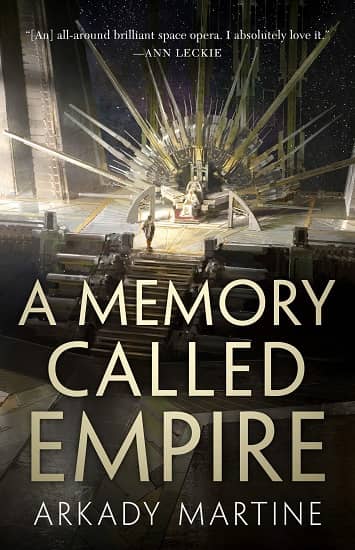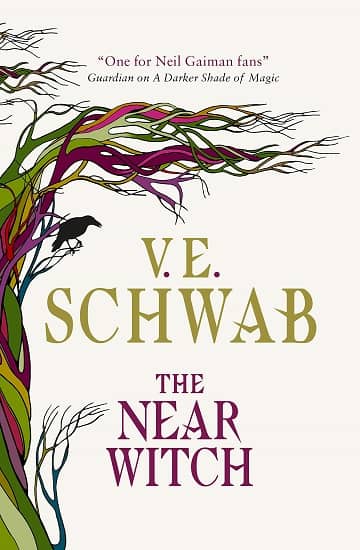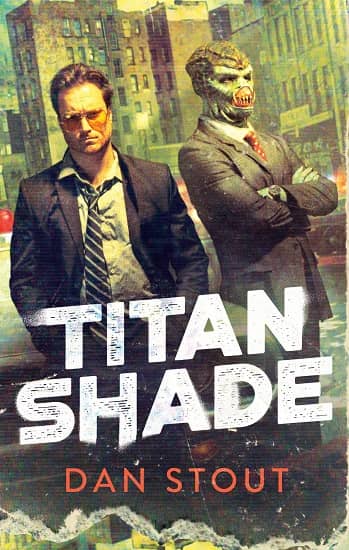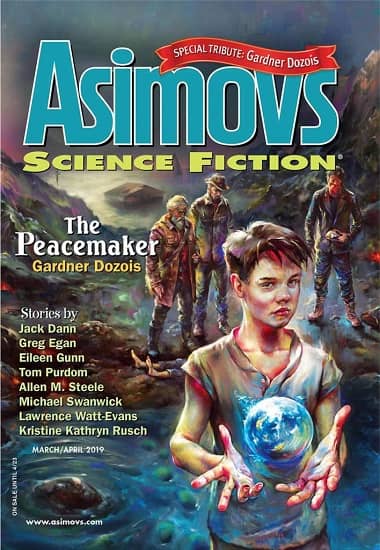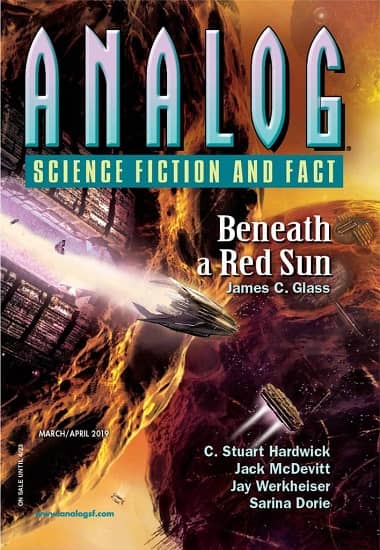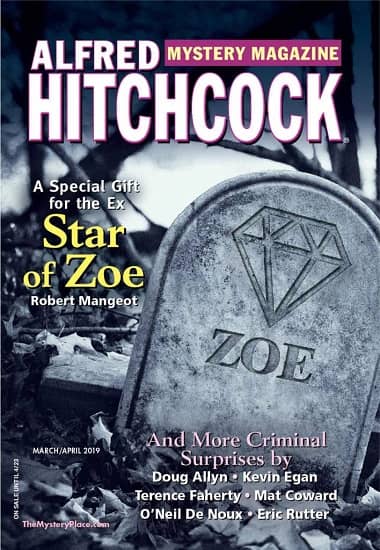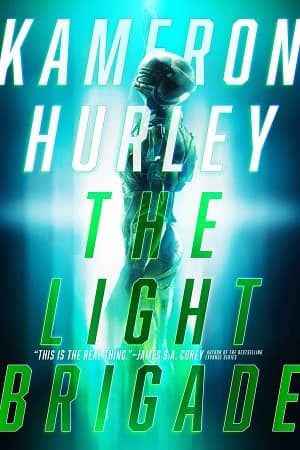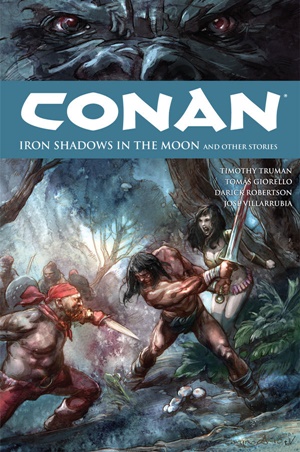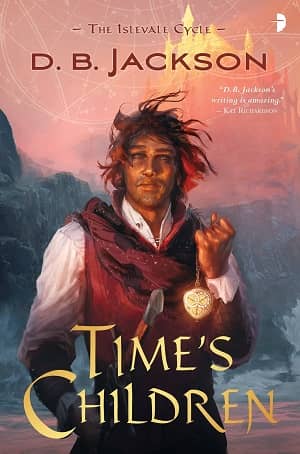Enchantment, Heartache, and Mystery: The Blackthorn & Grim Trilogy by Juliet Marillier
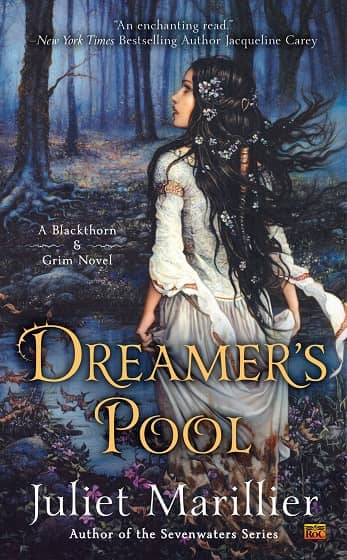 |
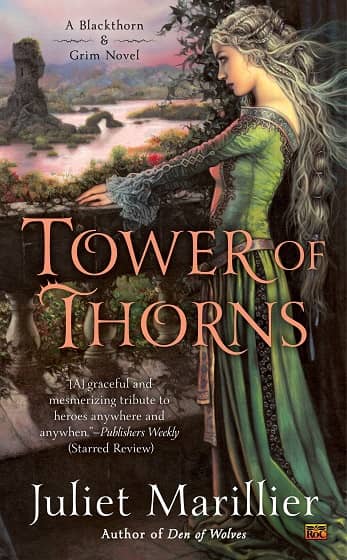 |
 |
Cover art by Arantza Sestayo
If you visit the bookstore every couple of weeks like I do, you stay on top of the latest titles. You spot the exciting new books early, and learn the names of future genre superstars. Or you stumble on books you’ve overlooked for five years and think they’re brand new, like I did last week.
The book in question was Dreamer’s Pool by Juliet Marillier, author of the 6-volume Sevenwaters Series. Looked new to me. Read the back and thought, “This sounds cool.” Took it home. Found out there are sequels, the most recent published two years ago. I guess I’m not nearly as hip as I thought I was.
Well, what the hell. Now I have a complete trilogy to enjoy instead of a single novel, so I suppose there’s an upside. Set in the mystical landscape of ancient Ireland, the series sounds like a winning combo and magic and mystery. The opening volume earned a starred review from Publishers Weekly:
Marillier (the Sevenwaters Series) opens the Blackthorn & Grim epic fantasy series by sweeping readers into a lavishly detailed world full of enchantments, devotion, heartache, and mystery. Blackthorn, an embittered wise woman, longs for vengeance against the wicked lord responsible for her grievous loss, her imprisonment, and her coming execution. Conmael, a handsome fey nobleman, offers her freedom if she will travel to Dalriada, provide healing help to all who ask, and forsake revenge for seven years… She settles at Winterfalls, home of the humane Prince Oran of Dalriada, and eventually solves a tortuous magical puzzle for him. Marillier’s fascinating narrative, based loosely on Irish myth and centered on women’s empowerment, never slips into sentimentality… a tasteful feast for the imagination.
Dreamer’s Pool won the Aurealis Award for Best Australian Fantasy Novel in 2014. Here’s the description.

